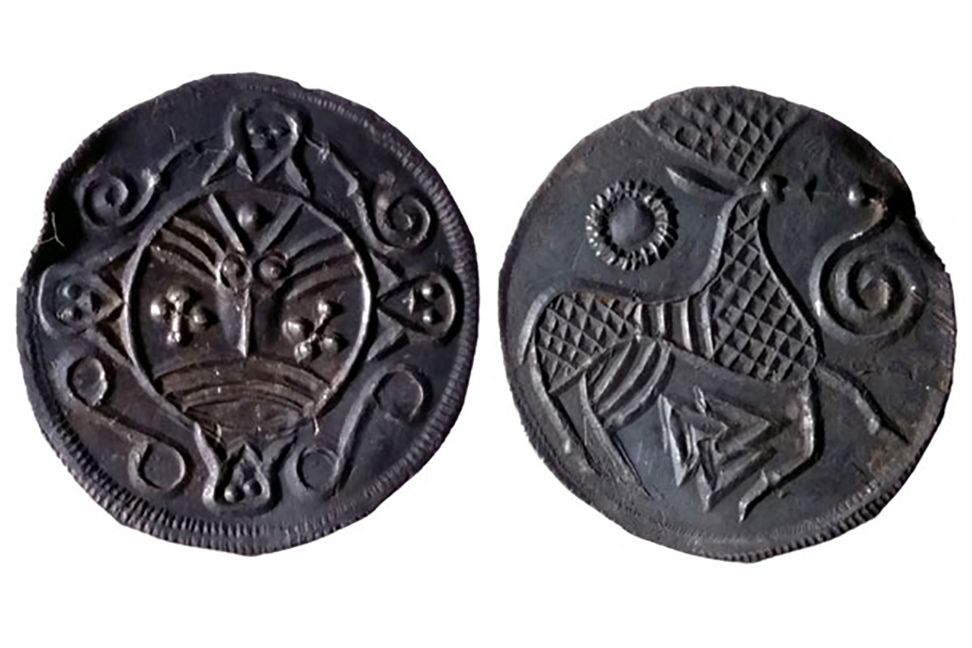By mapping historical and archaeological evidence of Viking activity c. 793 – 920, a new thesis by Tenaya Paige Jorgensen lays bare a nuanced and exciting history of the Early Viking age’s geopolitical landscape.
Jorgensen, Tenaya Paige, Mapping the Viking Age World: A GIS Analysis of the Contemporary Evidence
Tenaya Paige Jorgensen
Trinity College Dublin, School of Histories & Humanities, History, 2024
ABSTRACT
This thesis aims to produce a critical reanalysis of Norse activity during the early Viking Age, c. 793-920, using Geographic Information Systems (GIS). By mapping and analyzing selected contemporary written and material evidence across Atlantic Europe, this project has sought to quantify and qualify Norse activity, and to confirm and identify patterns of behaviour, some of which may previously be unknown.
The historical sources includes the contemporary Irish Annals, the Frankish Annals, the Anglo-Saxon Chronicle, and the Spanish Chronicle of Alfonso III. Norse events were recorded as a dataset, typified, and georeferenced before they were mapped on the final deep map.
The archaeological material pertaining to Norse activity included burials, female jewellery stray finds, and metal hoard evidence. These were similarly geolocated and mapped against the historical sources.
By layering these disparate sources and analyzing the patterns that appear, two main conclusions were drawn regarding the geopolitical landscape of the Viking Age: firstly, that the Danish state was a strong geopolitical presence within Atlantic Europe during the first half of the eighth century; secondly, that two separate Norse groups with different socio-economic systems raided and settled across Atlantic Europe, with one group firmly entrenched in Ireland, the Irish Sea and northern Britain, and the second group focusing their efforts between England and Frankia.
ABOUT THE AUTHOR
Dr Tenaya Jorgensen’s research focuses on Scandinavian activity, movement, and settlement during the early Viking Age, from 790-920. Tenaya has collected all contemporary textual and archaeological evidence into a single digital database, which will operate in conjunction with a corresponding GIS metadata map. She has used this to create a more complete understanding of how the Viking Phenomenon came about and how it changed the face of Europe and beyond.
Tenaya has worked for the University of Oslo and the Kulturhistorisk Museum in Oslo, Norway, as a field archaeologist during the 2017 and 2018 digging seasons, through which she has experience in Iron Age settlement and burial excavations. She received an MA and an MPhil through a dual degree program from the University of Oslo (Universitetet i Oslo) and the University of Iceland (Háskolí Íslands) in Medieval Norse Studies. She completed her BA at the University of California, Santa Cruz, in Medieval and Early Modern Literature.
